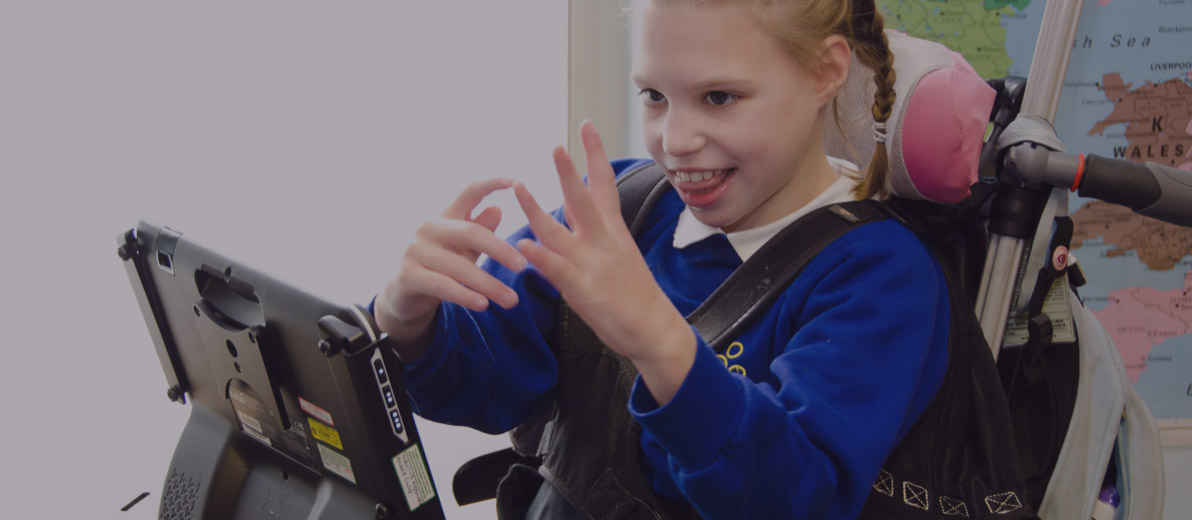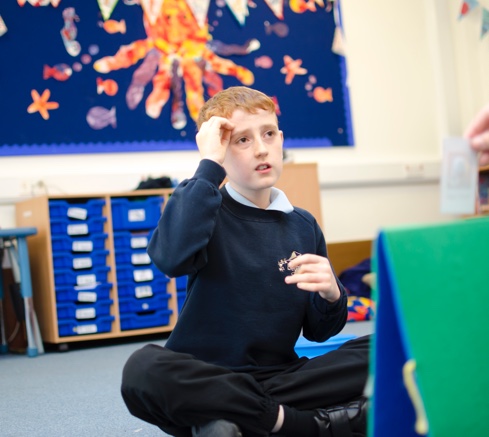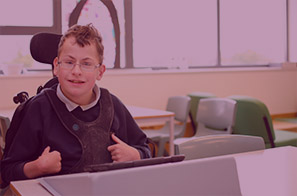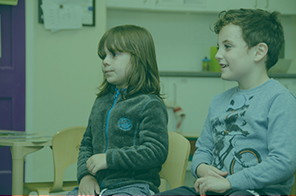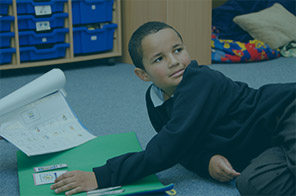Signs are based on gestures – a form of communication that most of us use naturally.
Signing is a visual form of communication and should support speech not replace it.
Signing supports people with communication difficulties in many ways:-
- Signs give extra visual information about the words used in the message making it easier to understand.
- The extra visual cues given in signs supports the learning of new words and helps to model how and when to use them.
- Signs provide people with unclear or limited speech a way to communicate messages that can be clearly and successfully understood.
- Signing as we speak causes us to slow our speech down and use less words which helps people understand the message more easily.
- Using signs can ease frustration and take the pressure off speech when it is hard to do!
- Using signs can help to gain attention and maintain it.
When signing it is important to :-
- Speak and sign at the same time.
- Only sign the most important or key words in the message.
- Use facial expressions and body language to add more information to the message.
- Use your dominant hand to make the main movements of the sign.
There are many types of sign language – click on the links below to find out more information. Our signs are taken from the British Sign Language (BSL)
See some signs here – http://www.totalcommunication.org.uk/cd-collection/

